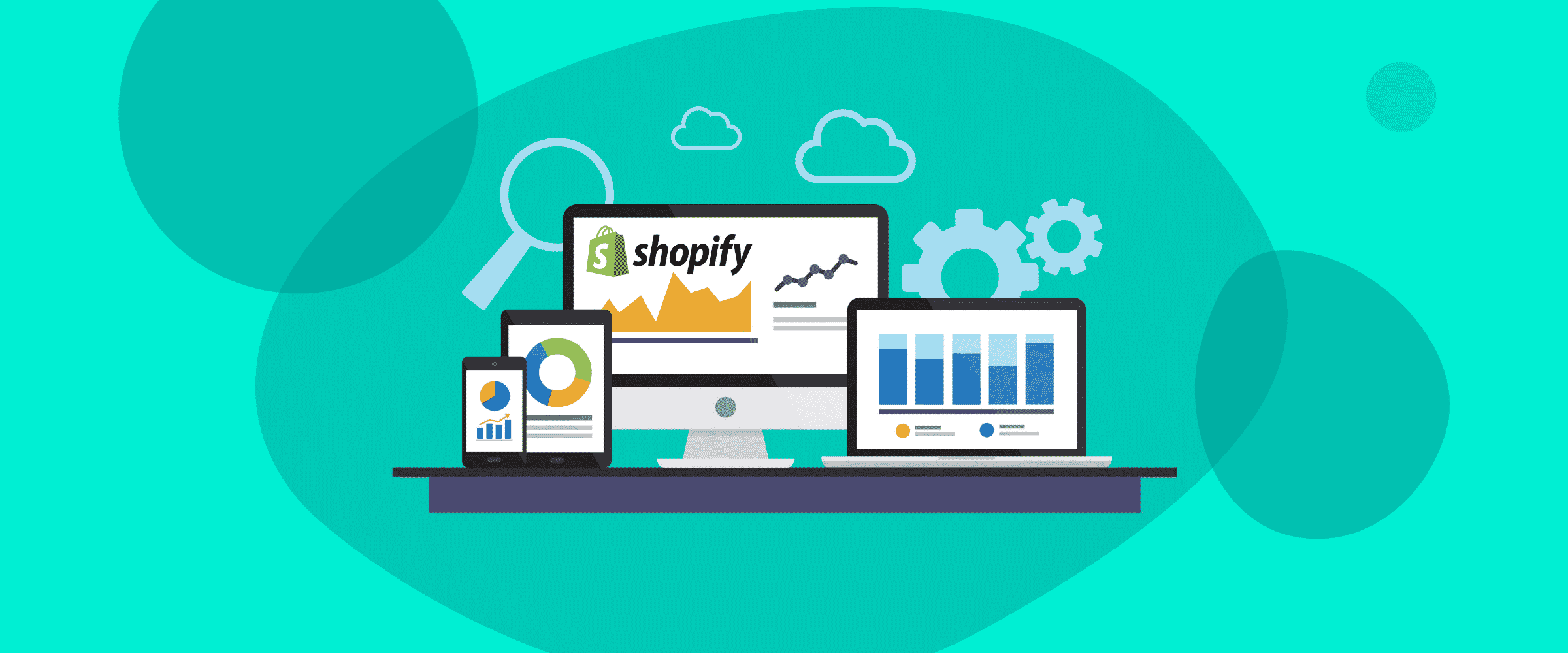Starting an online business with Shopify is an exciting venture, but it comes with its own set of challenges. From setting up your store to driving traffic and ensuring customer satisfaction, every aspect requires careful planning and execution. To help you get started, here are eight essential e-commerce tips for Shopify beginners to ensure long-term success.
1. Choose the Right Theme for Your Store

Your store’s design is the first thing customers notice, so picking the right theme is crucial. Shopify offers a wide variety of free and premium themes, each tailored to different industries and design preferences.
Tips:
- Select a theme that aligns with your brand identity.
- Ensure it’s mobile-friendly, as mobile shopping is on the rise.
- Test the theme’s customization options to ensure it meets your needs.
A visually appealing, easy-to-navigate website can significantly improve your conversion rates.
2. Optimize Your Store for SEO

Search engine optimization (SEO) helps drive organic traffic to your store. By optimizing your Shopify store, you make it easier for potential customers to find your products.
Tips:
- Use relevant keywords in product titles, descriptions, and meta tags.
- Optimize your images by compressing them and adding alt text.
- Create a blog to share valuable content related to your niche.
For instance, if you’re selling custom-made jewelry, target keywords like “personalized necklaces” or “handcrafted rings.”
3. Utilize Shopify Custom Fields

Customization is key to providing a unique shopping experience. Shopify custom form fields allow you to collect specific customer information, such as gift messages or personalization details.
Benefits:
- Offer personalized products or services.
- Gather important customer data to improve your marketing strategies.
- Enhance the customer experience by meeting their specific needs.
For example, a clothing store can use custom fields to let customers specify their desired fit or size adjustments.
4. Leverage Social Media for Marketing

Social media is a powerful tool for promoting your Shopify store and engaging with your audience. Platforms like Instagram, Facebook, and TikTok are ideal for showcasing your products and building a loyal customer base.
Tips:
- Post high-quality visuals of your products.
- Run paid ads to target specific demographics.
- Collaborate with influencers in your niche to expand your reach.
Consistency is key—post regularly and interact with your followers to build a strong online presence.
5. Offer Flexible Pricing Options

Attractive pricing strategies can encourage customers to buy more. Shopify apps like Shopify Tiered Pricing allow you to implement volume discounts, rewarding customers for purchasing in bulk.
Benefits:
- Increase average order value by incentivizing larger purchases.
- Cater to both retail and wholesale customers.
- Highlight savings to create a sense of value.
For example, you can offer a 10% discount on orders of 5 items or more, encouraging customers to spend more.
6. Provide Multiple Payment Options
One of the most common reasons for cart abandonment is limited payment options. Shopify supports various payment gateways, allowing you to cater to a global audience.
Tips:
- Enable popular options like PayPal, credit cards, and Shopify Payments.
- Consider using Shopify Pay What You Want strategy for creative or donation-based businesses.
- Ensure the checkout process is secure and easy to navigate.
Offering flexibility at checkout can improve conversion rates and customer satisfaction.
7. Focus on Customer Support
Exceptional customer support can set your Shopify store apart from competitors. Happy customers are more likely to return and recommend your store to others.
Tips:
- Use live chat or email support to address customer queries.
- Create a detailed FAQ section to answer common questions.
- Send follow-up emails to ensure customer satisfaction after a purchase.
A responsive and helpful support system builds trust and loyalty among your customers.
8. Use Analytics to Make Data-Driven Decisions

Shopify provides built-in analytics tools to help you understand your store’s performance. By analyzing data, you can identify what’s working and where improvements are needed.
What to Track:
- Website traffic and its sources.
- Conversion rates for different products or pages.
- Customer behavior, such as time spent on your website and abandoned carts.
Tools like Google Analytics can further enhance your insights, allowing you to refine your marketing strategies and optimize your store for better results.
Conclusion
Running a successful Shopify store requires a combination of creativity, strategy, and perseverance. By choosing the right theme, optimizing for SEO, leveraging tools like Shopify custom fields, and providing excellent customer support, you can create a store that stands out in a highly competitive market.
Remember, e-commerce is a continuous learning process. Stay updated with the latest trends, test new strategies, and adapt to your customers’ needs. With these tips, you’re well on your way to building a profitable Shopify store.




